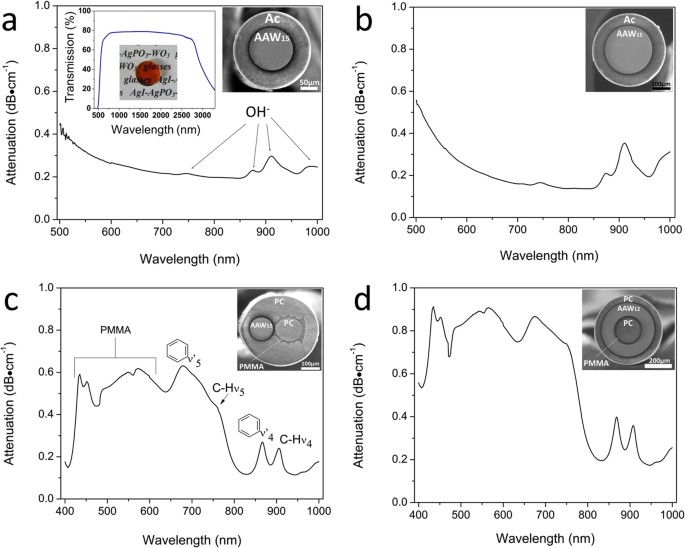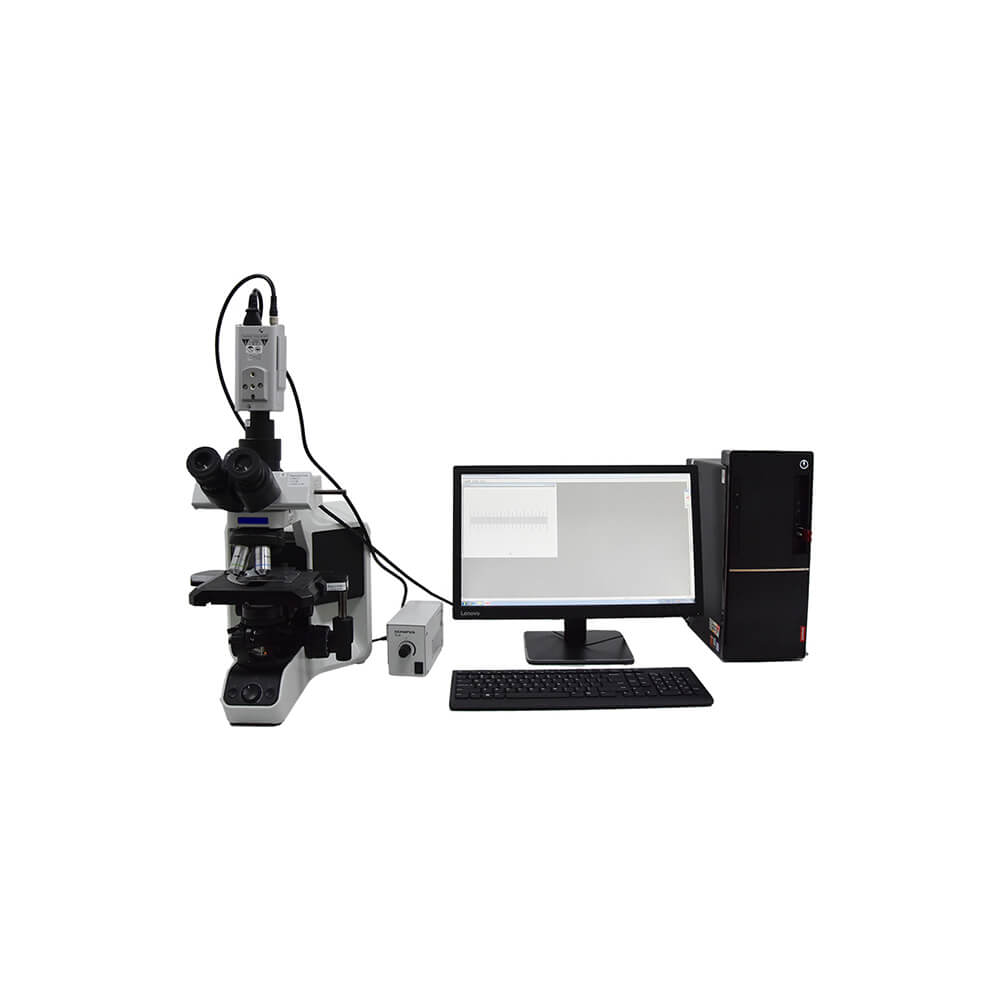Key Factors When Evaluating an Optical Fibre Diameter Analyser
Key Factors When Evaluating an Optical Fibre Diameter Analyser
Blog Article
Optimize Your Fiber Optic Efficiency: Recognizing Optical Fibre Size Analyser Technology
The efficiency of fibre optic systems is seriously influenced by the accuracy of their diameter, an aspect typically overlooked in the pursuit of optimal signal stability. Understanding the technology behind optical fiber size analysers reveals the elaborate balance in between dimension precision and production quality. These tools not only improve compliance with industry standards but likewise provide real-time understandings that can preemptively deal with prospective concerns. The implications of their use expand beyond simple dimension; they can fundamentally alter the landscape of fibre optic efficiency. What aspects should one take into consideration to harness their full potential?
Relevance of Optical Fibre Size
The diameter of optical fiber plays a crucial duty in establishing the performance and performance of interaction systems. On the other hand, smaller sized diameters often tend to support less modes, which can improve signal quality and lower crosstalk.

Furthermore, understanding the diameter's implications can cause cost savings by reducing the demand for signal amplification and repeaters in considerable networks (optical fibre diameter analyser). In final thought, the relevance of optical fiber diameter can not be overemphasized, as it directly impacts the total performance and dependability of modern communication systems

Exactly How Size Impacts Signal Quality
Signal high quality in optical fibre systems pivots substantially on the size of the fibre. A smaller sized size can lead to higher depletion prices, resulting in signal loss as light travels through the fibre.
Alternatively, larger sizes normally permit improved light capture and decreased modal diffusion, improving signal clarity. In multimode fibers, a bigger core size can support numerous light modes, but it may likewise present intermodal dispersion, which can weaken signal high quality. As a result, picking the optimal fibre diameter is vital for achieving the preferred efficiency in specific applications.
Moreover, the communication in between the fibre size and the wavelength of the light used plays a vital role in determining the effective transmission range and overall signal stability. Because of this, comprehending just how fibre size influences signal high quality is essential for network developers and designers aiming to enhance optical fiber systems for dependable, high-speed data transmission.
Summary of Diameter Analyser Innovation
In numerous optical fibre manufacturing processes, precise dimension of fiber diameter is necessary for making certain regular performance and high quality (optical fibre diameter analyser). Size analysers are sophisticated instruments designed to assess the physical measurements of optical fibres with high accuracy. They use advanced optical and laser modern technologies to gauge the size, ovality, and concentricity of the fiber, thus giving critical information for quality assurance
These analysers can run in-line throughout the manufacturing procedure or as part of off-line testing protocols. In-line systems make it possible for real-time tracking, enabling makers to change criteria quickly, thus keeping optimal manufacturing problems. Off-line analysers, on the various other hand, provide thorough analyses of batches, ensuring that any deviations from defined tolerances are determined and resolved.
Diameter analysers substantially contribute to the decrease of issues in optical fibers, enhancing overall product integrity. By regularly gauging crucial specifications, these innovations help with compliance with market standards and specifications. As the demand for high-performance optical fibres remains to climb, the role of size analysers comes to be increasingly important in accomplishing the preferred high quality and performance requirements in fiber optic systems.
Trick Attributes of Fibre Size Analysers
Although different models of fiber diameter analysers exist, they commonly share numerous crucial features that enhance their functionality and reliability. Among the most significant attributes is high-resolution dimension capacities, which make certain precise diameter readings, essential for maintaining quality control in fibre manufacturing. In addition, numerous analysers integrate advanced optical sensing units created to identify minute variations in fibre size, hence supplying indispensable data for process optimization.
An additional crucial function is real-time monitoring, allowing drivers to get immediate feedback on fibre diameter throughout the manufacturing process (optical fibre diameter analyser). This capability helps with quick adjustments and reduces the probability of defects. Numerous analysers likewise come equipped with easy to use interfaces, making it possible for operators to conveniently navigate through setups and information outputs
Additionally, robust data storage space and evaluation functionalities are necessary for tracking historic efficiency patterns and making certain conformity with sector standards. These attributes jointly add to the efficiency of fibre diameter analysers in visite site enhancing fiber optic efficiency.
Ideal Practices for Fiber Optimization

First, regular calibration of optical fibre size analysers is important. This guarantees accurate measurements and decreases potential discrepancies that can impact efficiency. Next off, maintaining a tidy workplace is essential; dirt and impurities can cause signify degradation.
In addition, it is vital to choose fibres that meet certain application requirements. This entails reviewing factors such as depletion, bandwidth, and environmental conditions. Appropriate installment techniques must additionally be adhered to, consisting of preventing sharp bends and too much stress, which can endanger fiber stability.
Additionally, utilizing sophisticated monitoring systems can help with real-time performance evaluations, allowing timely identification of concerns. Routine screening and maintenance ought to be performed to make sure that fibers continue to be within optimum operational specifications.
Finally, training employees on the latest fiber optimization modern technologies and approaches will boost their capability to apply efficient methods. By complying with these ideal techniques, companies can significantly boost the performance and lifespan of their optical fibre systems, making certain efficient communication and information transfer.
Final Thought
In final thought, the integration of optical fiber size analyser innovation is crucial for making the most of fibre optic efficiency. By guaranteeing accurate measurements of fiber measurements, these analysers considerably boost signal high quality and lower losses during information transmission. Normal calibration and maintenance of the analysers are essential to copyright optimum performance and conformity with market requirements. Inevitably, the application of this technology helps with boosted information transmission rates and strengthens signal integrity, adding to the total efficiency view publisher site of fibre optic systems.
Signal top quality in optical fiber systems hinges substantially on the size of the fibre.In many optical fiber production procedures, my sources accurate measurement of fibre diameter is important for making sure regular efficiency and quality. As the demand for high-performance optical fibers proceeds to rise, the duty of size analysers comes to be increasingly crucial in attaining the wanted quality and efficiency requirements in fiber optic systems.
These features jointly add to the effectiveness of fiber diameter analysers in maximizing fibre optic performance.
In final thought, the assimilation of optical fiber diameter analyser technology is important for making the most of fibre optic efficiency.
Report this page